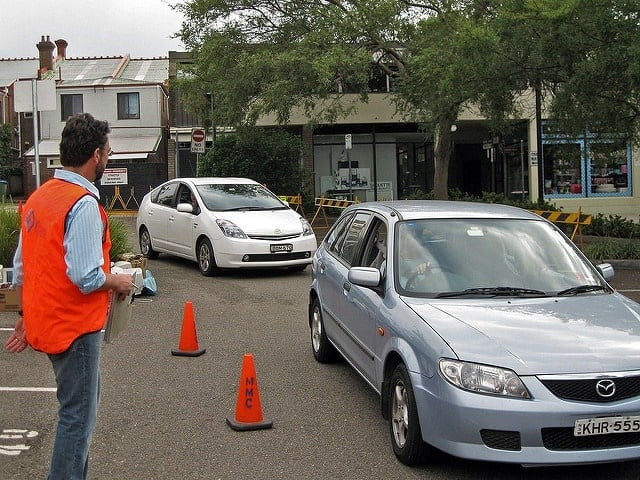
The importance of customer loyalty on today’s hyper-competitive business landscape cannot be underestimated. For example, increasing customer loyalty by just 5 percent can boost revenues by up to 95 percent, and acquiring new customers can be 25 times more expensive than keeping existing ones.
In light of this, it’s nor surprising that a growing number of businesses are investing in customer loyalty programs to win over the hearts, minds, and indeed, wallets of their target audience. However, not all businesses are reaping the rewards — and some aren’t even breaking even. What separates winners and losers? It’s typically not a matter of effort, but a question of strategy.
To head in the right direction and make your customer loyalty program an asset instead of a liability, here are four best practices to keep in mind:
- Keep it Simple
Customers don’t want to feel as if they’re taking a high school calculus exam to determine how a loyalty program works, when points can be redeemed, and so on. Simplicity should be the fundamental principle that guides all UX-related aspects and features.
- Don’t Forget the Data
The primary goal of customer loyalty programs is — no surprise here — to generate loyalty. But that’s not where the story ends. The program should (and frankly, must) also generate data so that marketers and product developers can make smarter, faster decisions. This data should include average transaction amounts, most popular items, highest grossing sales days, and so on.

- Flexibility
The focus on simplicity (see #1) shouldn’t come at the cost of flexibility, which is something that customers want and expect. For example, the customer loyalty module created by pharmacy point-of-sale technology developer and consultancy Retail Management Solutions (learn more about them at rm-solutions.com) allows customers to redeem points in real-time at the register, or have gift certificates mailed to their home address for redemption later on.
- Reward Customers for Behaviors — not Just Buying
Obviously, the end game is to get more customers to buy more things (and tell the people they know to do the same). But the best loyalty programs don’t limit rewards to purchases. They play the long game, and reward behaviors that drive engagement such as filling out online surveys, participating in polls and contests, sharing newsletters and infographics, and so on.
The Bottom Line
Running a successful customer loyalty program has shifted from being an innovative nice-to-have, to an essential must-have. The above best practices will ensure that your program delivers rewards vs. causes regrets!




